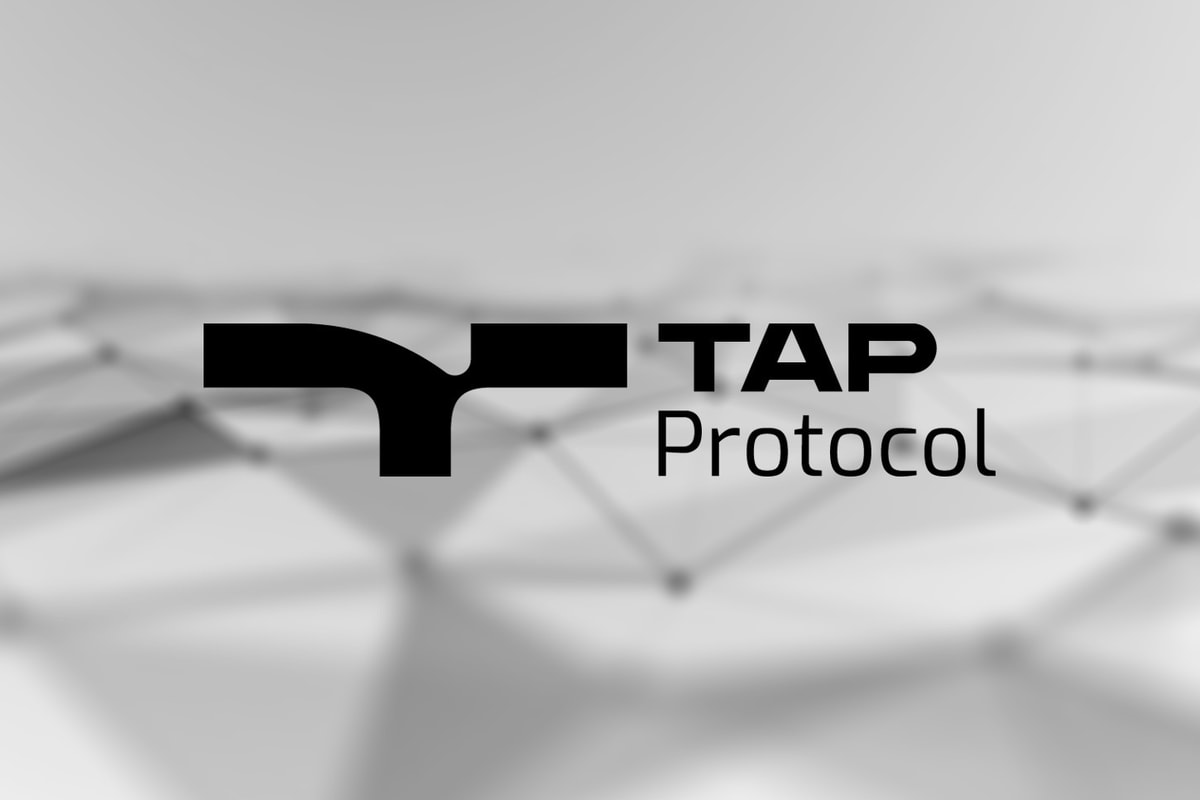As the Ethereum Beacon Chain reached its second birthday in mid-September this year, Ethereum officially transitioned over to proof-of-stake (PoS) from the proof-of-work consensus model.
According to recent data from the Beacon Chain, the number of active validators has reached 442,458, and the total amount of staked Ether (ETH) has exceeded 14 million. According to the Ethereum consensus mechanism design, validators who stake their ETH and perform signature tasks receive an income of around 4% APR. This incentivizes users to actively participate in the network consensus by staking their ETH, which makes the network more decentralized and secure.
Cross-chain bridges, which serve as infrastructure to link Ethereum with the rest of the blockchain ecosystem, play an indispensable role in the decentralized finance (DeFi) sector. Various cross-chain projects have been launched in recent succession, showcasing the popularity of cross-chain infrastructure.
Challenges faced by cross-chain bridges
While the development of Ethereum and other emerging blockchains has been in full swing, cross-chain bridges have encountered some development bottlenecks. In the mainstream cross-chain protocol design, a cross-chain transfer entails users locking up their intended cross-chain assets into the bridge smart contract on the source chain. The cross-chain bridge unlocks the corresponding assets from the liquidity pool on the target chain or mints the same amount of wrapped assets.
According to this design, as cross-chain user activity grows, so does cross-chain liquidity. The cross-chain assets become locked into the bridge contract and are included in the bridge’s total value locked (TVL). For example, if a user transfers ETH from Ethereum to BNB Smart Chain for DeFi activities, their ETH will be locked into the smart contract of the cross-chain bridge on Ethereum, and thus, the cross-chain liquidity will have increased. When users bridge their assets back to Ethereum, the corresponding assets on Ethereum are unlocked.
This has led to an increase in the number of hacks against cross-chain bridges. The main reason for that is the increase in the value of the funds locked in the bridge, which gives incentives to hackers. In addition, the complexity in the structure of cross-chain asset transfer logic leads to security vulnerabilities. Thus, as the number of users and the TVL of bridges grows, the projects should carefully consider how to handle such significant amounts of locked funds.
New development ideas for cross-chain bridges
According to the design of Ethereum 2.0, users must stake at least 32 ETH in the execution layer to be included in the list of validators. The validators are randomly selected by the Beacon Chain through the Randao mechanism to be assigned to a variety of roles in each cycle, and the rewards are earned by completing the signature task.

Ethereum 2.0 staking distribution. Source: beaconcha.in
The current staking distribution data shows that the total amount of ETH staked in Ethereum 2.0 PoS is 14.2 million, of which the main staking service providers are Lido Finance, Coinbase, Kraken and Binance, with their shares adding up to a total of 56.54%, which exposes it to some potential centralization risks. If more small-scale stakers were to join, it would help to increase the decentralization of the Ethereum network and improve the network’s resistance to censorship.
Cross-chain to earn
How can we utilize the assets that are locked in? On the one hand, provide additional benefits for cross-chain users in the form of rewards. On the other hand, disperse some of the funds so as to avoid the accumulation of large amounts that might incentivize attacks by malicious actors.
The opportunity brought on by the Ethereum 2.0 PoS staking feature is for the cross-chain bridge to use some of the cross-chain assets locked by users on Ethereum — and under the condition of ensuring sufficient cross-chain liquidity, staking some ETH. The income generated can then be distributed back to the users of the cross-chain bridge.
Participating in the Ethereum 2.0 consensus enables cross-chain bridges to help to improve the security of the Ethereum network. It also enables the cross-chain bridge to use the staking income to attract DeFi users and decreases the TVL of the cross-chain protocol, diminishing the likelihood of attacks and the amount extractable by malicious actors.
Author: Thinkasibe; Core Developer of Poly Network
Twitter: @Thinkasibe
About Poly Network
Poly Network is a global cross-chain protocol for implementing blockchain interoperability and building Web3 infrastructure. Poly Network has integrated 30+ blockchains, including Ethereum, Aptos, Polygon, Avalanche, Fantom, BNB Smart Chain, Arbitrum, Optimism, OKC, Neo, Zilliqa, Harmony and Metis. Since its launch, the protocol has enabled cross-chain asset transfers of more than $16 billion.
Poly Network official links:
- Website: poly.network
- Twitter: twitter.com/PolyNetwork2
- Discord: discord.gg/trgfDqJUgf
- Telegram: t.me/polynetworkgroup
- GitHub: github.com/polynetwork











